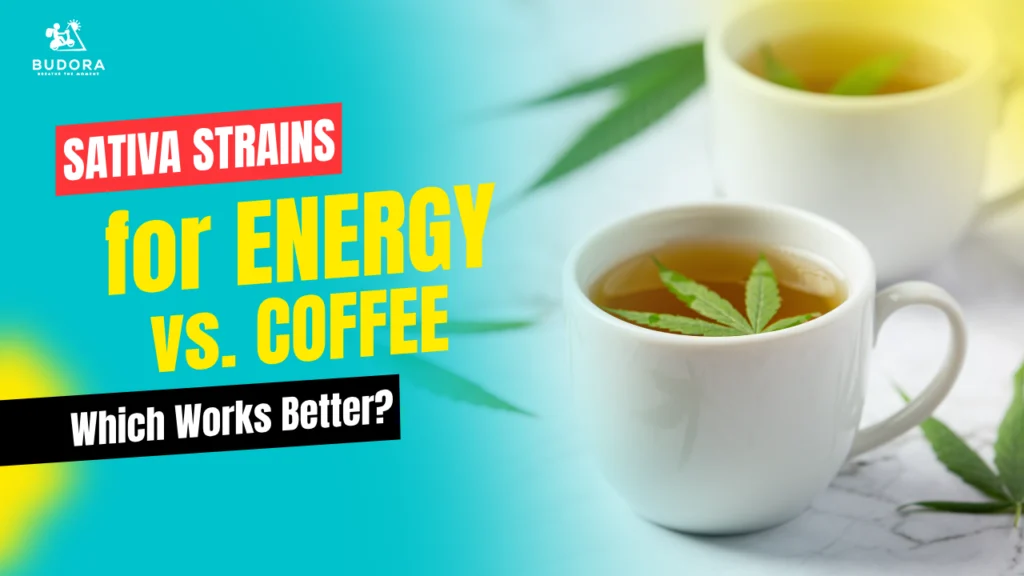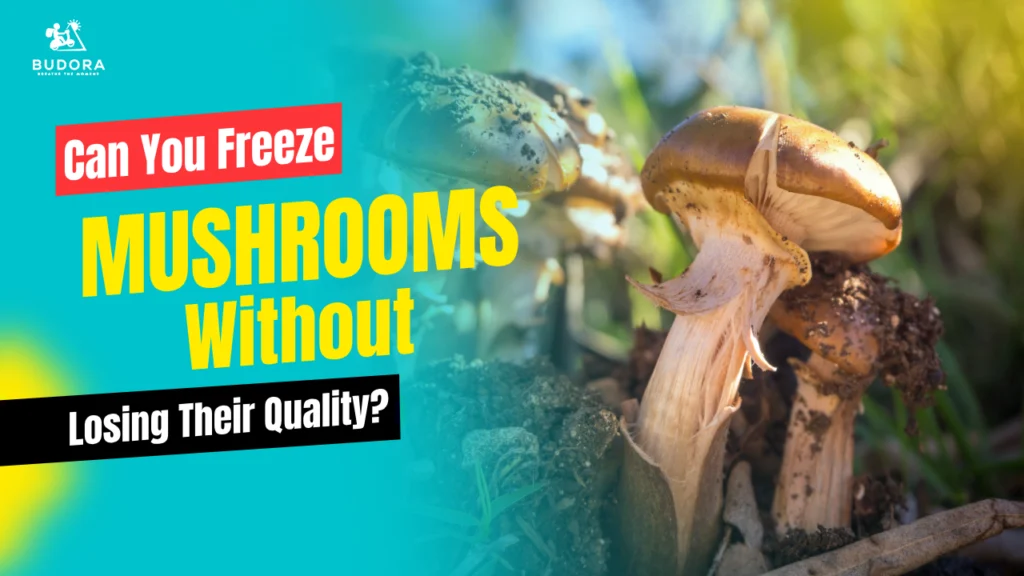Blog
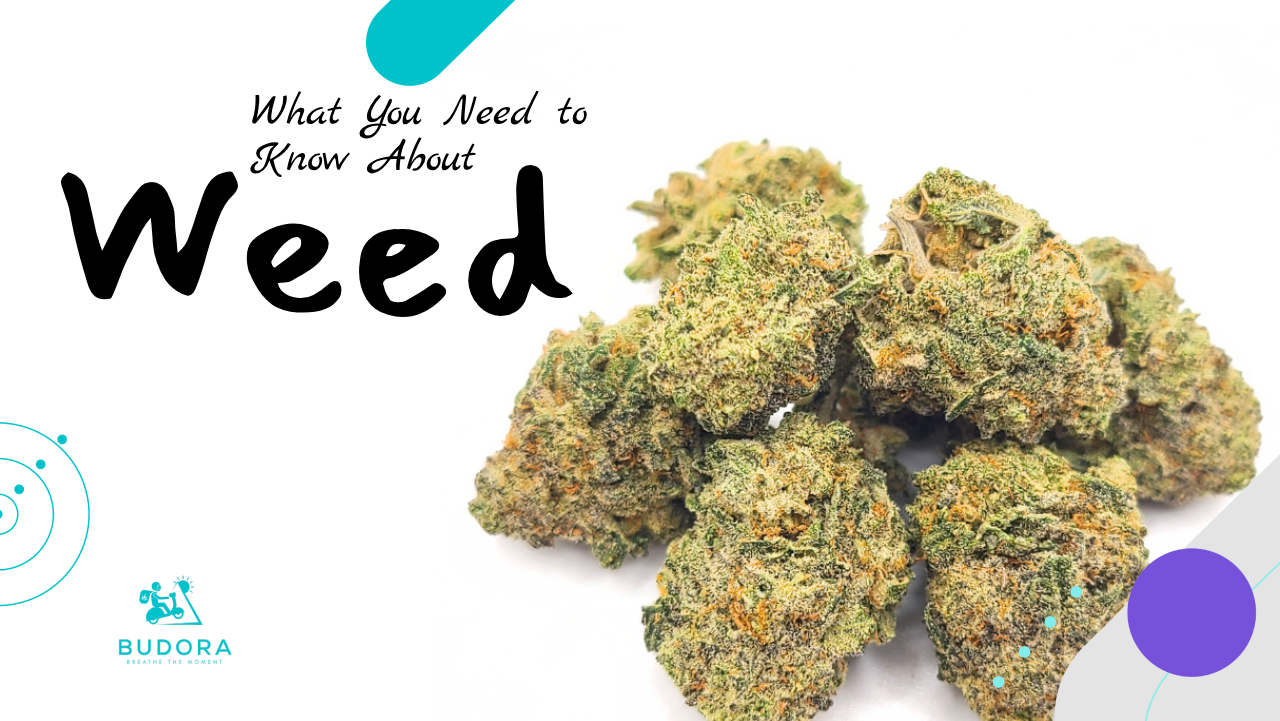
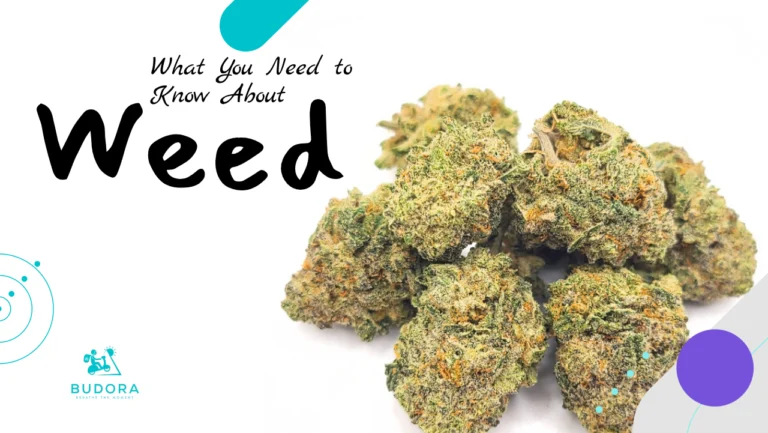
The Ultimate Beginner’s Guide to Weed: What You Need to Know
- Budora
Whether you’re just getting started or already familiar with cannabis, this beginner’s guide to weed will help you understand the essentials. Weed, also known as marijuana, comes from the cannabis plant and has been used for centuries, from ancient medicine to modern wellness. It contains natural compounds like THC, which causes the “high,” and CBD, known for its calming, therapeutic effects. With changing attitudes worldwide, cannabis is gaining popularity for both health and recreational use, making now the perfect time to explore it.
If you’re looking to explore top-quality weed products with fast, discreet service, Budora has you covered. With trusted weed delivery in Vancouver, you can get your favorite cannabis items delivered right to your door in under 3 hours.
Key Points
- It’s important to understand the different types of cannabis—Indica, Sativa, and Hybrid—and how each one can affect you differently.
- There are several ways to consume cannabis, whether it’s by smoking, vaping, trying edibles, or using tinctures. Experiment with these methods to figure out what suits you best.
- If you’re new to cannabis, it’s best to start with a small amount, especially with edibles, as their effects can be more intense than you might expect.
- Make sure you’re aware of the laws in your area regarding the purchase and use of cannabis, as they can vary.
- Always use cannabis responsibly, in a safe environment, and avoid mixing it with alcohol or driving while under its influence.
What is Weed?
Weed, also known as marijuana, cannabis, or pot, comes from the Cannabis plant. It’s been used for centuries for medical, recreational, and spiritual purposes. The plant contains chemical compounds called cannabinoids that affect the human brain and body. Weed is organic in nature, and its most commonly consumed part is the marijuana flowers, which contain the highest concentration of cannabinoids. If you’re curious about exploring different cannabis options, you can check out more details here.
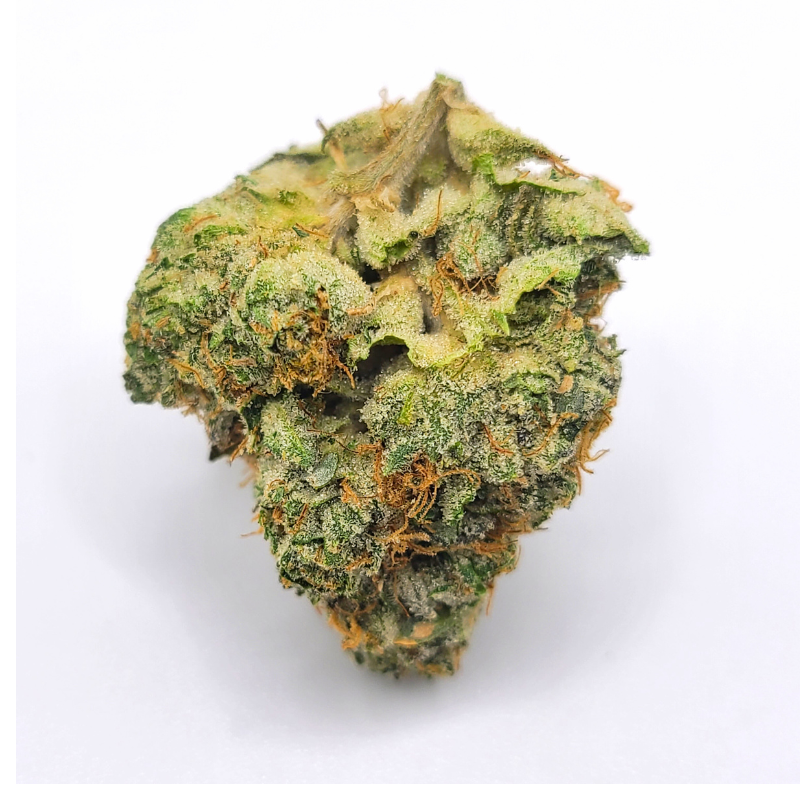
Historical Background of Weed
Cannabis has a rich history that dates back thousands of years. The earliest recorded use of weed can be traced to ancient China, around 2700 BCE, where cannabis was utilized for both medicinal and recreational purposes. Emperor Shen Nung, known as the father of Chinese medicine, recognized the healing properties of weed and included it in his pharmacopeia.
Similarly, in India, it was part of religious rituals and often used as a form of cannabis for meditation. Fast forward to the 20th century, many countries banned its use due to concerns over abuse. However, the tides have turned with the recent wave of legalization. Understanding the cannabis background helps make sense of its current role in medicine and wellness.
Weed Culture and Lifestyle
From Bob Marley to Snoop Dogg, weed has shaped music, art, and fashion. The term “420” originated from a group of California teens who met at 4:20 PM to smoke. Now, April 20th is a global cannabis celebration. Many users also incorporate cannabis for meditation, using it to deepen mindfulness and inner awareness.
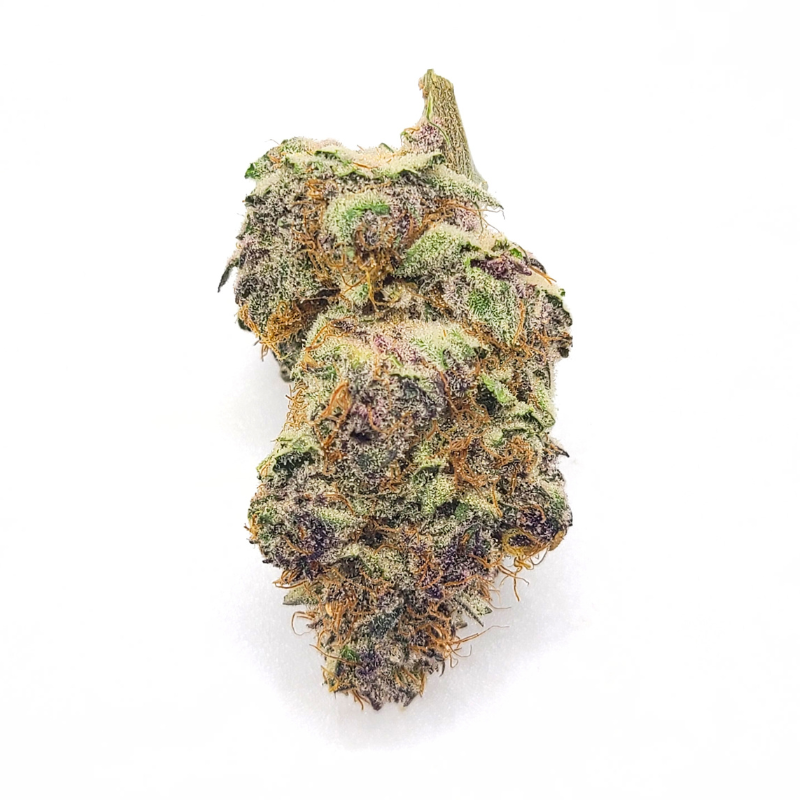
Key Compounds in Weed
The most well-known cannabinoids are:
- THC (Tetrahydrocannabinol): The psychoactive compound that gets you “high.”
- CBD (Cannabidiol): Non-psychoactive and known for therapeutic benefits.
- Terpenes: Aromatic compounds that also influence the plant’s effects.
Different Types of Weed
When it comes to cannabis, weed names can be overwhelming due to the vast number of strains available. Understanding the three primary categories, Indica, Sativa, and Hybrid, can help users make informed decisions based on their preferences.
Indica Strains
Indica strains are typically associated with relaxation and sedation, making them ideal for nighttime use. They are commonly used to help with pain management, anxiety, and sleep disorders. If you’re looking to explore some top-notch options, check out our collection of Indica strains to find the one that suits your needs.
Sativa Strains
Sativa strains are known for their energizing and uplifting effects. These are best suited for daytime use as they can enhance creativity, focus, and mood. Many users turn to Sativa strains when seeking relief from depression or fatigue. If you’re interested in exploring some great options, check out our collection of Sativa strains to find the perfect fit for you.
Hybrid Strains
Hybrids offer a balanced experience, blending the calming effects of Indica and the energizing properties of Sativa. Whether Indica-dominant or Sativa-dominant, hybrid strains provide a versatile option for users seeking a mix of relaxation and euphoria.If you’re curious about which hybrid strains could suit your needs, explore our selection of hybrid cannabis options.
Health Benefits of Weed
The health benefits of weed are widely discussed in both medical and recreational contexts. While many associate cannabis with getting “high,” the potential therapeutic effects of weed are far more significant.
Pain Relief
One of the most notable benefits of weed is its pain-relieving properties. Cannabis contains compounds called cannabinoids, such as THC and CBD, which interact with the body’s endocannabinoid system. These compounds can help alleviate chronic pain and inflammation, making weed an attractive option for people with conditions like arthritis or back pain. For those interested in exploring pain management options, CBD products offer a natural alternative and can be found.
Mental Health Benefits
Another benefit of weed is its ability to alleviate symptoms of anxiety and depression. CBD, in particular, has been found to help reduce anxiety levels without causing the psychoactive effects associated with THC. This makes weed a potential solution for people looking to manage their mental health naturally. If you’re curious about the best cannabis strains for anxiety relief, take a look at our guide on the top cannabis strains to help with your anxiety.
Sleep Disorders
For those suffering from insomnia, cannabis may be a game-changer. Many users report that consuming weed helps them fall asleep faster and enjoy deeper, more restful sleep. Cannabis flowers high in CBD are often used to promote relaxation and improve sleep quality. If you’re curious about how weed can support better sleep, check out this blog on the best weed for insomnia to dive deeper into what might work for you.
Appetite Stimulation
Cannabis is also well-known for stimulating appetite, especially beneficial for patients undergoing treatments like chemotherapy. This effect is often referred to as the “munchies,” which can help patients maintain a healthy weight when they struggle to eat due to nausea or loss of appetite. For a deeper understanding of how cannabis may support conditions like anorexia, take a look at this helpful guide on using weed for anorexia.
Meditation Support
Cannabis can enhance meditation by promoting relaxation, reducing anxiety, and improving focus. Strains with CBD or balanced THC-CBD ratios help quiet the mind, making it easier to enter a calm, mindful state. Used in moderation, it can deepen presence and clarity during practice.
Side Effects of Weed
Cannabis can have both short-term and long-term effects on the body and mind, which vary depending on the individual, the strain, and the method of consumption.
Short-Term Side Effects
- Dry Mouth (Cottonmouth)
- Red Eyes
- Increased Heart Rate
- Dizziness or Lightheadedness
- Paranoia or Anxiety
- Impaired Memory and Focus
- Altered Perception of Time
Long-Term Side Effects
- Respiratory Issues
- Cognitive Impairment
- Mental Health Issues
- Addiction
- Decreased Motivation
- Reduced Fertility
- Compromised Immune System
Methods of Weed Consumption
There are various methods of consuming cannabis, and each offers a different experience. Whether you’re a beginner or a seasoned user, understanding your options is crucial for a satisfying experience.
- Smoking: Smoking remains the most common way to consume cannabis, often done through joints, pipes, or blunts, offering a fast-acting and familiar experience for many users.
- Vaping: Vaping is a popular alternative to smoking as it heats cannabis without combustion, making it smoother on the lungs and ideal for those using THC cartridges for a cleaner experience.
- Edibles: Edibles, such as gummies, brownies, and other infused treats, offer a discreet and tasty way to consume cannabis, though the effects can take longer to kick in. You can explore a variety of cannabis edibles to find what suits your taste and needs.
- Tinctures: Tinctures are liquid cannabis extracts taken under the tongue for fast-acting effects and precise dosing.
- Topicals: Topicals, like creams and balms, provide targeted relief without the high, perfect for joint or muscle pain.
- Dabbing: Dabbing involves inhaling vapor from concentrated cannabis for a powerful, fast-acting experience, best suited for seasoned users.
- Cannabis tablets: Cannabis tablets offer a smoke-free, consistent dose ideal for medical users seeking controlled and long-lasting relief.
Cannabis and Its Legality
Cannabis laws vary widely depending on where you are in the world. In Canada, weed is federally legal, while in the United States, it remains a patchwork of state-by-state laws. For more details on how cannabis is regulated in Canada, check out our guide on cannabis legalization in Canada.
In countries where weed is legal, there are still restrictions on where and how it can be consumed. For instance, public consumption is often prohibited, and you should be aware of your local regulations to avoid legal issues.
Buying Weed
When buying weed, whether for medical or recreational use, it’s important to make informed decisions. Here are a few key things to keep in mind:
- Lab Testing: Choose products that have been independently tested by certified labs. This ensures you’re getting cannabis that’s free from contaminants and accurately labeled in terms of THC and CBD levels.
- Know Your Strain: Understand whether you’re buying an indica, sativa, or hybrid strain. Each offers different effects, so make sure the strain aligns with your needs or preferences.
- Buy from Trusted Sources: Always purchase from licensed dispensaries or reputable vendors. This not only guarantees legality but also product safety and consistent quality. For a reliable experience across Canada, consider using Budora, a trusted platform offering a wide selection of cannabis products with dependable service.
Future of Cannabis
The cannabis industry is poised for steady growth, fueled by discreet, smoke‑free innovations, precision delivery devices, and social equity programs aimed at repairing past harms. As discussed in the future of cannabis in Canada, legalization continues to spread globally, bringing with it safer access, broader research opportunities, and a more inclusive market for all.
Weed Growth Timeline
The time it takes for weed to grow varies depending on the strain and growing conditions. On average, it can take anywhere from 3 to 7 months from seed to harvest. The process includes several stages: germination (1-2 weeks), vegetative growth (4-8 weeks), and flowering (8-12 weeks). Environmental factors like lighting, temperature, and whether you’re growing indoors or outdoors can all influence the growth rate, especially when using techniques like the SCROG method to maximize yield and efficiency.
What Gear Do I Need to Use Cannabis?
Whether you’re smoking, vaping, or enjoying weed through other methods, the right gear can make all the difference. Tools like vaporizers, grinders, and rolling accessories help enhance both flavor and efficiency. For those just getting started or looking to upgrade their setup, Budora offers a wide range of cannabis essentials, plus same-day weed delivery in Vancouver, to elevate your experience.
Conclusion:
Cannabis, or weed, offers potential medicinal benefits, such as pain relief and anxiety reduction, but also presents concerns regarding health risks and addiction. Its legalization sparks debates about balancing individual freedom, public safety, and economic impact. As research continues, society faces the challenge of navigating its benefits and risks.
FAQs
How do I choose the right strain for me?
Consider your needs: Indica for relaxation, Sativa for energy, and Hybrid for a balance of both.
Can cannabis be used for pain relief?
Yes, cannabis, especially with high CBD content, is commonly used for pain and inflammation relief.
Is weed legal?
Weed’s legality depends on location; it’s legal in some areas for recreational or medicinal use, while illegal in others.
How long does weed take to affect you?
Smoking or vaping takes minutes, while edibles can take 30 minutes to 2 hours to show effects.
Can weed have any negative side effects?
Short-term effects may include dry mouth or paranoia, and long-term use can lead to dependence or mental health issues.
Like this article?
Budora
OTHER ARTICLES YOU MAY LIKE


